
Ocun Diamond S - Precision and power for steep boulders
Its unique combination of extreme downturn, extreme asymmetry, and extreme comfort makes the Diamond S a particularly attractive option for those looking to make the leap into steeper and more advanced climbing, says Xa White.

























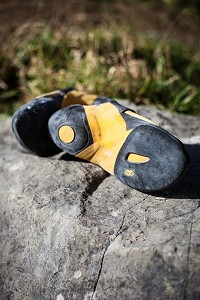












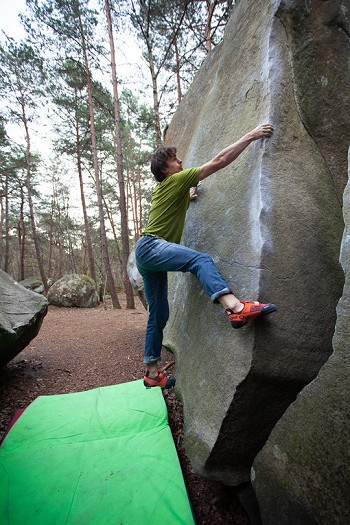
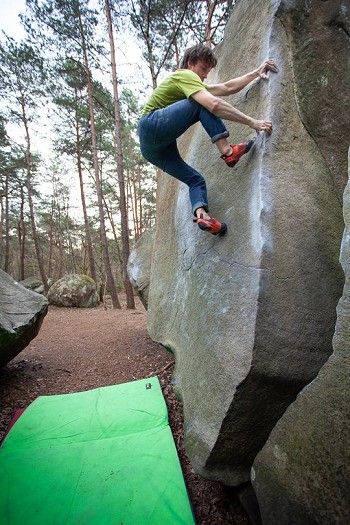
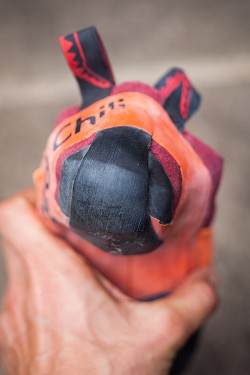


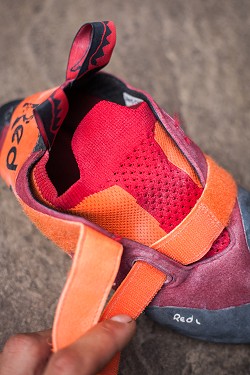



















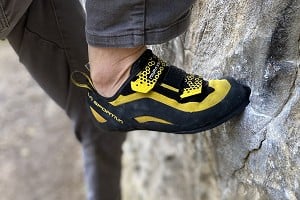
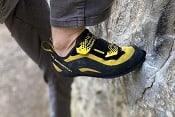
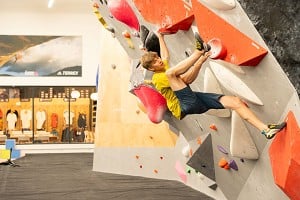




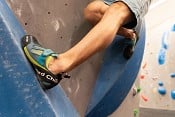
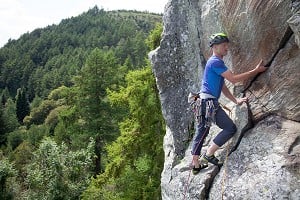



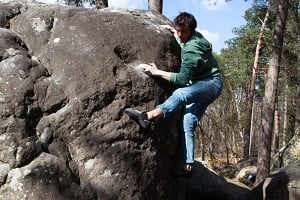
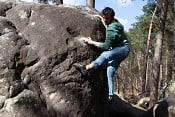
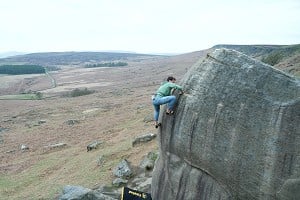

Comments
They run very large, surely?
Would be useful to know what toe shape the shoes favour (and what shape the testers feet are, have photos in all their bunion displaying glory) - lots of those on the list are designed for people with longer 2nd toes (e.g., instincts) and can be problematic for people with longer big toes or squarer feet. It is a real shame that manufacturers seem to neglect this aspect of feet and ignore making shoes for all foot shapes in favour of forcing your feet to follow their function dictat (Scarpa, I'm looking at you, having dropped the booster, leaving no wide softish shoe in the "classic" shape but maintained 7 versions of the Instinct!. Not to be an anti-scarpa rant, having worn nothing else for 15 years, but I tried to engage with their designer about the disparity in the range of Scarpa shoe shapes to the distribution of foot shapes in the population (Nathan something?) and he basically said that the use dictates the shape, seeming to believe that feet are made of jelly or something).
Having worked in climbing shops fitting shoes this (IME) is the biggest determinant of whether a shoe works (and is "comfortable") - good rubber on a toe crippling shoe is pointless.
Having climbed in the Voltage I have to say that it is a superbly comfortable shoe for the performance. The sock liner is so nice compared to other brands.
The one thing that let it down is that my pair's rand rubber developed dry rot and tiny cracks. Bit of a bummer since they can't be resoled now.
I hope Red Chili has fixed that issue by now.
In comparison, my go to outdoor lead shoe, the Instinct Lace, is almost through it's third sole and is holding up great.
Oops, yes you are right. We have updated this.
it’s probably one of the most-repeated points of advice in a bouldering discord server i’m in, when new people join and ask whether this or that shoe is ‘good’ – depends whether it fits. and while choosing size is something you don’t really need to explain to people, width and volume are already a bit more tough (and can rule out a model for good much easier than shoe size), and getting all of those right isn’t worth much when the toebox shape doesn’t agree with the proportions and mobility of one’s toes.
that last factor i’ve found to be surprisingly tough to give simple and actionable advice on, because one could very well have a longer second toe, but it might also scrunch up far more than one’s big toe – so a foot’s comfortably scrunched shape can deviate quite a bit from what it looks like relaxed. and then there’s how much (or rather, little) information shoe manufacturers offer on their models, and how well different manufacturers’ information can be compared to each other.
outside of every reviewer having a couple of paragraphs detailing their feet for readers to look up, i believe this to be really difficult to tackle exhaustively in a review.
these are the moments where i start wondering how far behind the foot fetish people we climbers are when it comes to attention on the peculiarities of foot morphology.